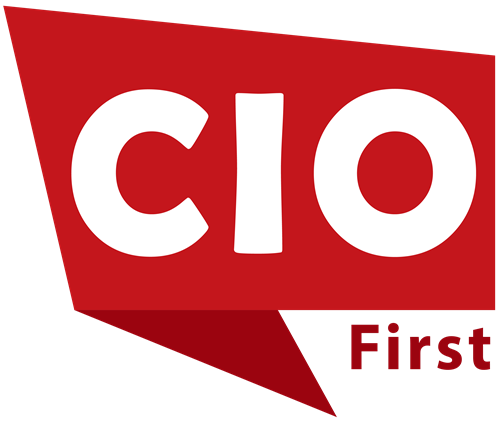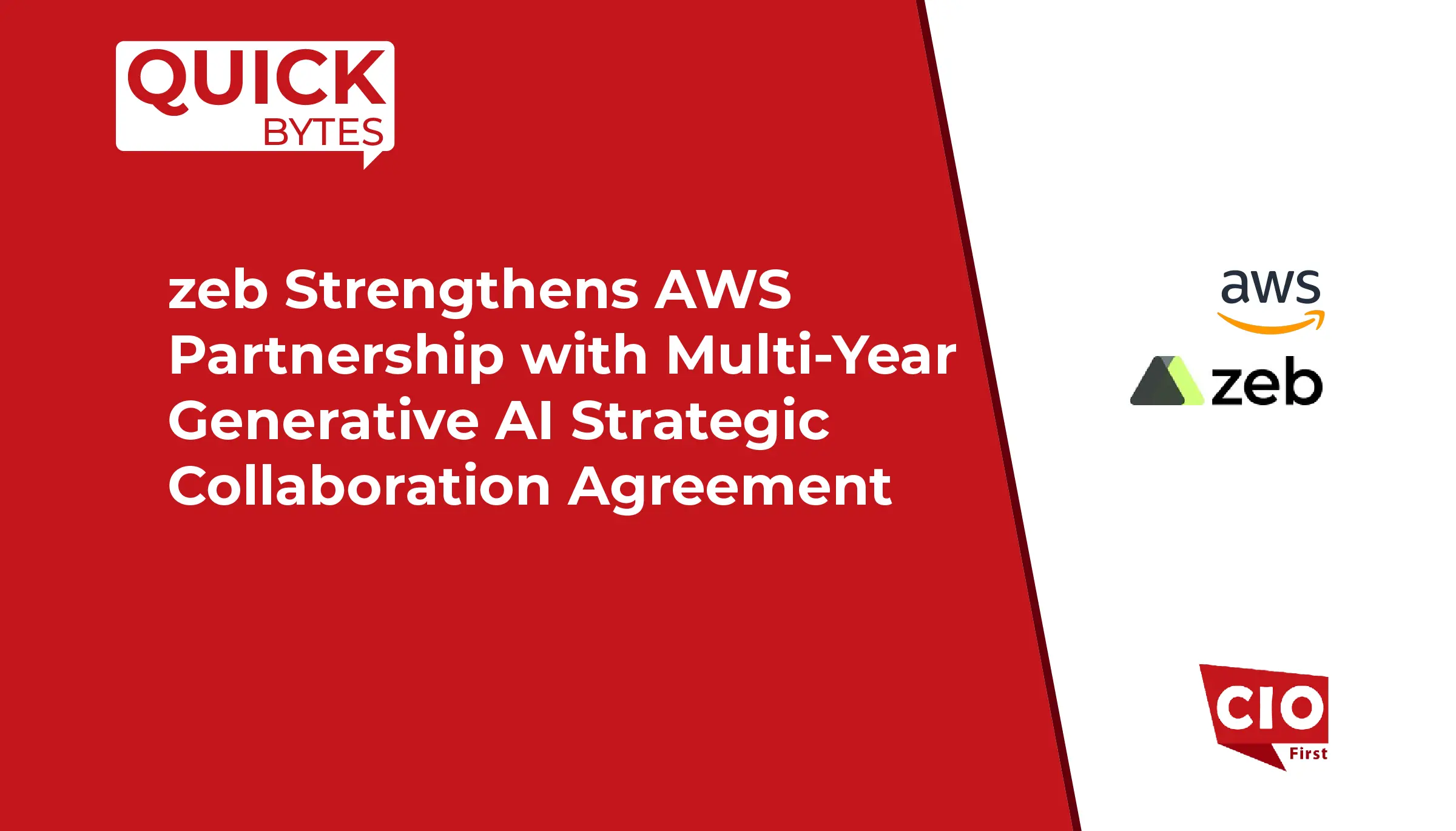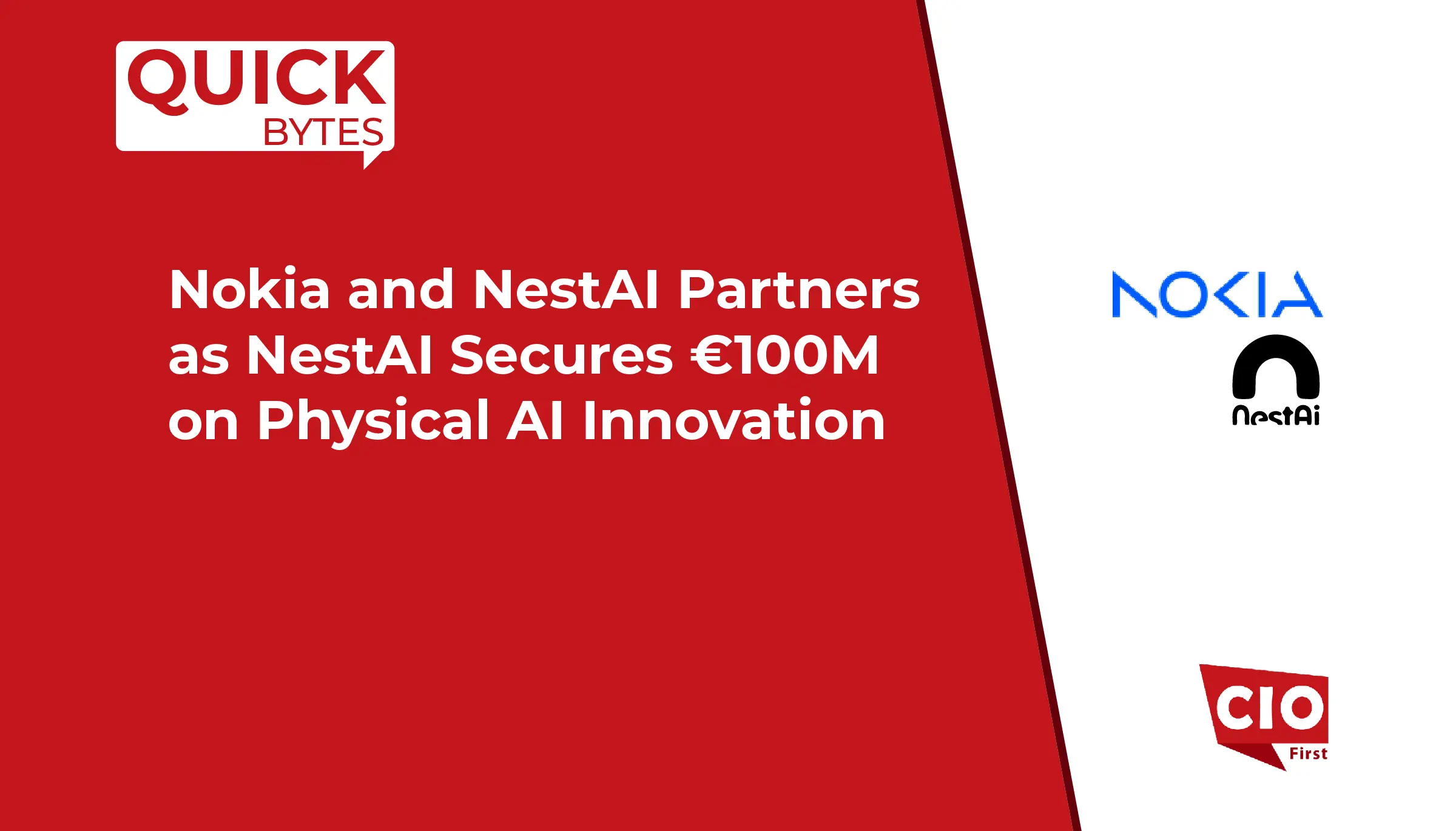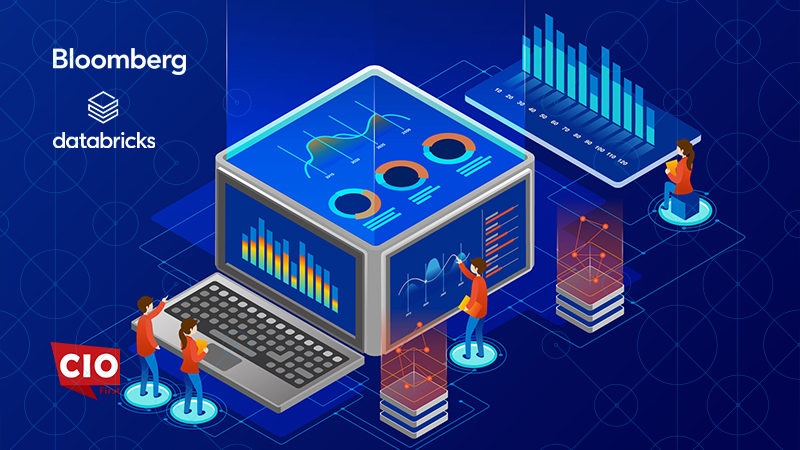Kyndryl has unveiled its latest offering, the Agentic AI Framework along with enhanced services for mainframe environments, aimed at helping enterprises modernise mission-critical systems, embed AI at scale and operate with greater agility across hybrid IT estates.
The new framework is described as a comprehensive platform of self-learning, self-directed AI agents that can operate across on-premises, cloud and hybrid infrastructure. It orchestrates tasks, learns over time, and collaborates with human teams to drive business outcomes not simply analyse data, but act within policy and governance guardrails.
Alongside this announcement, Kyndryl is bringing enhanced support for mainframe environments acknowledging the ongoing importance of core infrastructure (such as IBM Z) in large enterprises. The company emphasises how agentic AI can be deployed to modernise, maintain and extend mainframe workloads, turning what was once legacy into an AI-enabled asset.
What the Framework Offers
The Agentic AI Framework integrates deeply with Kyndryl’s Bridge platform and supports agent-based workflows, enabling code extraction, analysis, testing, and action across large systems.
Kyndryl highlights governance, security and audibility as core features: agents are built “secure-by-design”, track their decisions, and operate within human-in-the-loop models.
For mainframes, Kyndryl points out that organisations continue to increase usage of these platforms, the framework helps bridge the skills gap and apply modern AI tools to older infrastructures.
Impact on the IT Industry
This announcement signals a significant shift in infrastructure and enterprise IT services:
Legacy systems get new life
Mainframes are often seen as dated or siloed. With AI agents layered on top, these systems can become smarter, more adaptive and better integrated into modern workflows — reinforcing their relevance.
Agentic AI becomes infrastructure-native
Rather than simply being applied to new apps, AI is being embedded into foundational systems (networks, mainframes, large estates). IT teams will see a transition from managing systems to managing intelligent ecosystems of agents and humans.
Convergence of AI, governance and operations
The framework emphasises auditability, policy enforcement and human oversight — reflecting that as AI scales in enterprise IT, governance and risk become core to deployment, not after-thoughts.
Broader adoption of hybrid/hybrid-legacy models
Since organisations will not abandon mission-critical platforms overnight, the ability to layer agentic AI on existing infrastructure (on-premises, cloud or hybrid) is a key enabler — helping organisations transition without disruptive rip-and-replace.
Also Read: OpenText Deepens Strategic Tie-Up with Google Cloud to Accelerate AI Innovation and Data Sovereignty
Effects on Businesses
For businesses operating with large infrastructure estates, the implications are broad:
Faster time-to-value: Automating tasks across large systems cuts manual effort. This shortens the time to insight and speeds up transformations in compliance, app modernization, or operations.
Talent scalability: AI agents help businesses handle complex systems. This eases skill shortages, especially in mainframe areas, allowing less-experienced teams to work effectively with AI support.
Improved resiliency and innovation: Intelligent agents monitor and act on issues proactively. This boosts uptime, lowers risk, and speeds up innovation.
Strategic cost-benefit: Instead of heavily investing in new core systems, businesses can enhance existing platforms with AI. This approach improves ROI on legacy investments.
Considerations & Challenges
Change Management: Integrating agentic AI into large estates shifts roles, responsibilities, and culture. IT teams need to adopt new workflows and trust AI-enhanced operations.
Data and Process Readiness: The success of agentic agents relies on data quality, process clarity, and system integration. Legacy systems may need preparatory work.
Governance and Ethical Risk: As agents become more autonomous, organizations must ensure oversight, audit trails, and compliance. The framework highlights this, but execution is key.
Vendor Dependency and Integration Risk: While the framework aims for seamless integration, businesses should assess how it fits with diverse estates and avoid vendor lock-in.
Conclusion
Kyndryl’s Agentic AI Framework emphasizes mainframe services, signaling a shift in enterprise IT. Here, AI integrates into core infrastructure instead of being an add-on. This change raises the stakes for the IT industry. Infrastructure providers must now support scalable, secure, and intelligent ecosystems. For businesses, it creates an opportunity to modernize. They can gain more value from critical systems, transforming legacy into a strategic advantage instead of a limitation.























